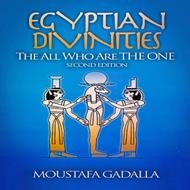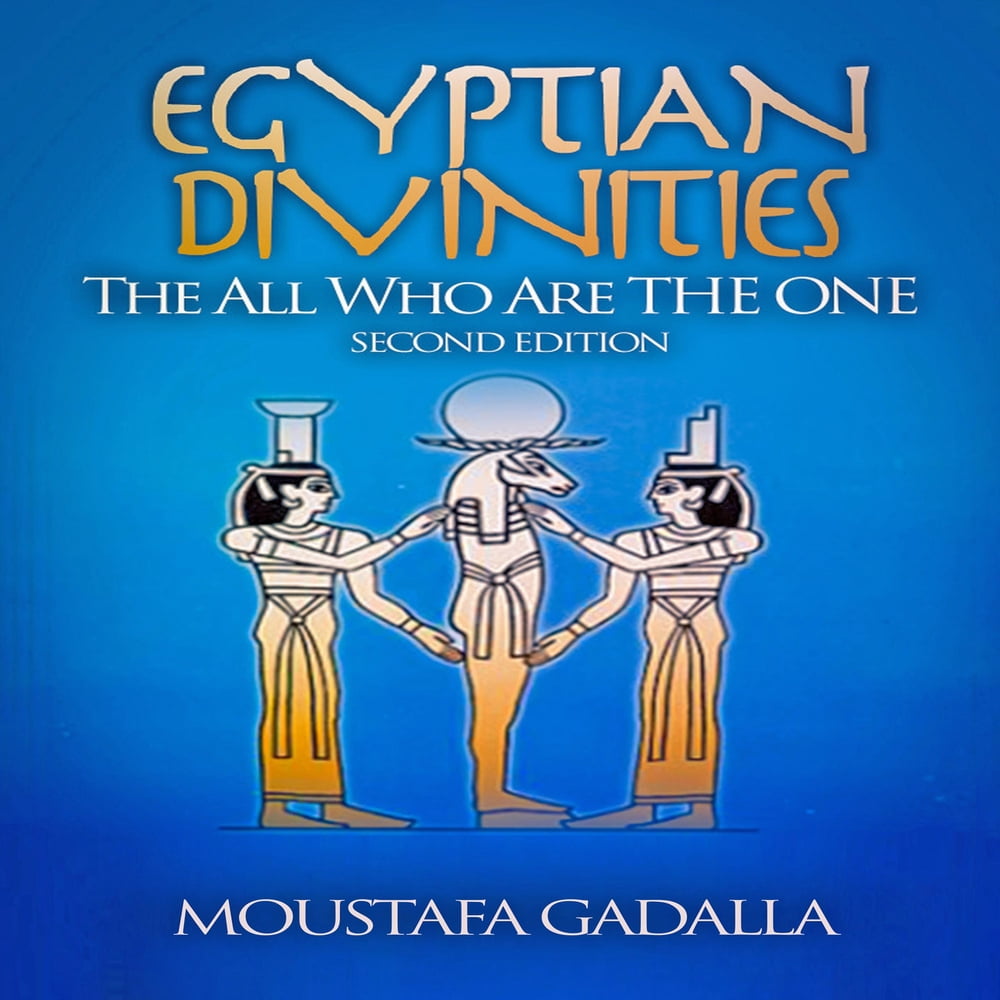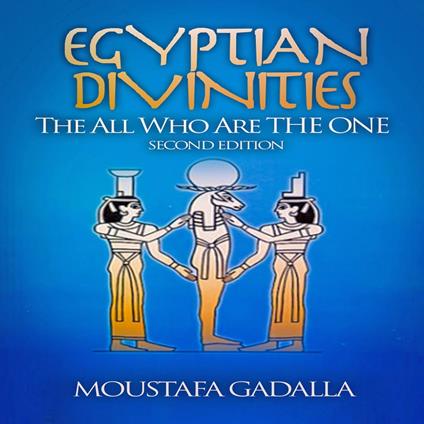L’articolo è stato aggiunto alla lista dei desideri
IBS.it, l'altro eCommerce
Egyptian Divinities: The All Who Are the One, 2nd Edition
Cliccando su “Conferma” dichiari che il contenuto da te inserito è conforme alle Condizioni Generali d’Uso del Sito ed alle Linee Guida sui Contenuti Vietati. Puoi rileggere e modificare e successivamente confermare il tuo contenuto. Tra poche ore lo troverai online (in caso contrario verifica la conformità del contenuto alle policy del Sito).
Grazie per la tua recensione!
Tra poche ore la vedrai online (in caso contrario verifica la conformità del testo alle nostre linee guida). Dopo la pubblicazione per te +4 punti
Altre offerte vendute e spedite dai nostri venditori



Tutti i formati ed edizioni
Promo attive (0)
SHORT DESCRIPTION This new expanded edition shows how the Egyptian concept of God is based on recognizing the multiple attributes of the Divine. The book details more than 100 divinities (gods/goddesses); how they act and interact to maintain the universe; and how they operate in the human being—As Above so Below, and As Below so Above.It includes details of the manifestations of the neteru (gods, goddesses) in the creation process; narrations of their manifestations; man as the universal replica; the most common animals and birds neteru; and additional male and female deities. LONG DESCRIPTION This Expanded Edition of the book consists of two Parts with a total of 12 Chapters. Part I: The All Who Are THE ONE consists of seven chapters—1 through 7, as follows: Chapter 1: The One is ALL explains that far from being a primitive, polytheistic form, the Egyptians’ ideology is the highest expression of monotheistic mysticism. Chapter 2: The Divine Energies of The Creation Cycle covers the role of the divine energies in the creation cycle which accords with scientific principles; and how such divine energies were recognized in later creeds as ‘Angels of God’. Chapter 3: Manifestation of Neteru in The Orderly Creation Process covers such manifestation into three primary phases, in the Egyptian creation process accounts. Chapter 4: Understanding Names, Epithets & Titles covers the real secret names and how Egyptians used epithets and titles when referring to the divine energies. Chapter 5: Narration of Their Manifestations explains how the cosmological knowledge of Ancient Egypt was expressed in a story form, which is a superior means for expressing both physical and metaphysical concepts. Chapter 6: Common Misrepresentations of the Divinities in Egypt covers examples of such misrepresentations and provides the real intended representations. Chapter 7: Man and The Divine Forces covers man’s place in the universal order; man as the image of the universe; the two Heavenly Courts; the three primary Heavenly Helpers to earthly dwellers; and man interactions with the divine forces in the Egyptian temples. Part II : The Roles of Most Recognized Neteru (gods/goddesses) consists of five chapters—8 through 12, as follows: Chapter 8: Mystical Pictorial Depictions covers pictorial symbolism of the Neteru and how Egyptian depictions reflect metaphysical concepts through the use of human figuration, animal symbolism, accessories, emblems, color, etc.; as well as various action forms. Chapter 9: Most Common Animals and Birds Forms Neteru covers the metaphysical significance of several animal images such as that of the ass, baboon, beetle, Bennu/Benben, bulls, cat, cows [Mehet-Uret (Mehurt, Methyer); Hesat, Hathor], crocodile, dog, egg, falcon, feather, fish, frog, goose, hare, heron, hippopotamus, horse, ibis, lions [lion, lioness & twin-lions (Aker)], Phoenix, rams, serpents, stork, vulture, and winged sun. Chapter 10: Most Common Male & Androgynous Human Forms Divinities covers the metaphysical significance of several male and androgynous human form images such as: Amon (Amen, Amun), Anubis (Anbu, Ubuat ,Web-wawet), Apis (Epaphus, Hapis), Aton (Adon), Atum (Atem, Atom, Atam), Bes, Geb (Seb, Keb), Hapi (Hepr), Herishef (Harsaphis, Arshaphes, Arsaphes), Horus (Heru)—[also Hor-Sa-Auset,/Horsiesis (or Harsiesis), Heru-p-Khart/Hor-Pa-Khred/Harpocrates, Horus Behdety/pollo and Heru-ur/Haroeris/Harueris], Hor.Akhti/Horachti, Khepri (Khepera), Khnum, Khonsu (Khons), Min (Menu, Amsi, Kamutef), Nefertum—[also, The Triad Ptah-Sokaris-Nefertum], Nun/Nu/Ny, Osiris (Ausar, Usire, Asar), Ptah (Phtas, Vulcan), Re (Ra), Re Hor akhti (Rahorakhty), Reshpu (Reshef, Reseph), Sebek, (Sobek, Suchos), Seth (Set, Sutekh, Typhon), Sokaris (Sokar, Sakar, Seqr ), Shu, and Thoth [Tehuti, Hermes, Mercury] Chapter 11: Most Common Female Human F
L'articolo è stato aggiunto al carrello
Formato:
Gli Audiolibri venduti dal nostro sito sono in formato MP3 e protetti da un DRM proprietario Kobo.
Compatibilità:
Gli Audiolibri venduti dal nostro sito possono essere ascoltati sul tuo smartphone o tablet tramite la APP gratuita Kobo Books scaricabile da iOS o Android. Gli Audiolibri non possono essere scaricati in locale o trasferiti su un client di ascolto diverso da quello fornito tramite Kobo. Non è possibile ascoltare gli audiolibri con la Kobo APP Desktop. Puoi ascoltare gli Audiolibri tramite determinati eReader Kobo, utilizzando cuffie o casse con Bluetooth. Visita la pagina degli eReader per avere maggiori dettagli.
Cloud:
Gli Audiolibri venduti singolarmente dal nostro sito sono immediatamente sincronizzati sul tuo account personale in automatico. Successivamente all'acquisto, sono subito disponibili all'ascolto tramite i client di lettura Kobo compatibili.
Clicca qui servissero ulteriori informazioni
L’articolo è stato aggiunto alla lista dei desideri

